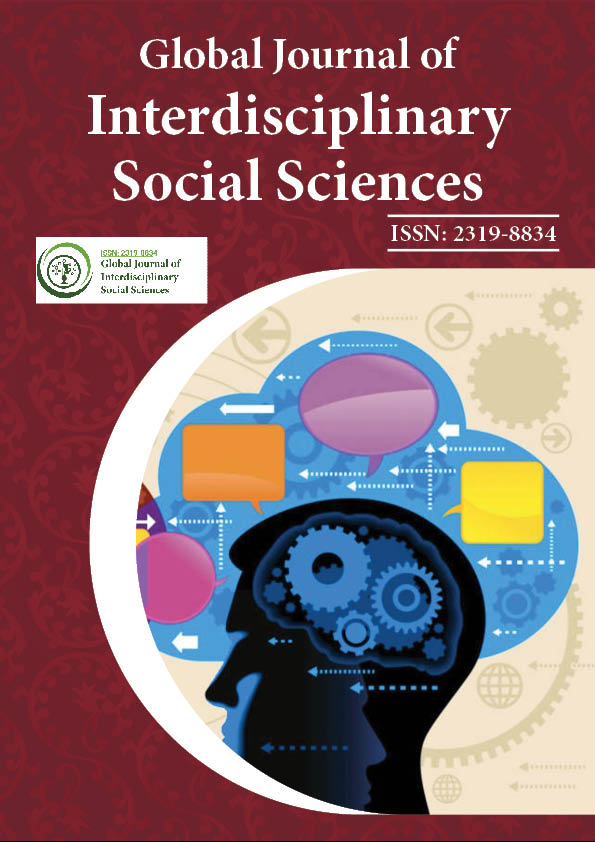Indexed In
- JournalTOCs
- Google Scholar
Useful Links
Share This Page
Journal Flyer

Open Access Journals
- Agri and Aquaculture
- Biochemistry
- Bioinformatics & Systems Biology
- Business & Management
- Chemistry
- Clinical Sciences
- Engineering
- Food & Nutrition
- General Science
- Genetics & Molecular Biology
- Immunology & Microbiology
- Medical Sciences
- Neuroscience & Psychology
- Nursing & Health Care
- Pharmaceutical Sciences
Abstract
Unfolding the Meaning of Genitive Constructions in Balinese
I Nyoman Sedeng and I Nyoman Udayana
This paper discusses about genitive in Balinese language from the perspective of form and meaning. There are two research questions wanted to be answered in this study; i) How is the genitive form of English expressed in the BL? ii) What is the underlying structure of the clause where the genitive structure derived from? This study is a library research and the data was taken from several Balinese short stories and some examples are of self-created because researcher is native speakers of this language. The data is in the form of common language and middle level of Balinese. The theory relevant to solve the problem is the theory of morphology, syntactic, and semantic. All data was analyzed through qualitative descriptive approach, a method that describes all linguistic phenomena associated with the genitive in BL and describe them in words and tentative conclusions was drawn. From the discussion, it was found that both GS’ structures of English have the same structure in BL, that is: head noun + (modification) + genitive marker. Nominalization marking is not the same, the difference is based on the verb group of the underlying clauses and the nominalization derived from the action verb is characterized by morphological processes such confix {pe--an), such as; I bapa suba teka 'Father has come' pe-teka-an bapane ‘father’s coming', idih ‘ask for' peng-idih-an ‘the request’, me-jalan ’to walk’ pe-jalan ‘way of walking’. Verbs of events and process are nominalized through the process of suffixation {-an} attached to basic form, such as; ma-keplug 'exploded' keplug-an 'explosion', ma-jedar 'eruption fire arm' jedar-an 'eruption', me-luab ‘boild over’ luab-an ‘the boiling process’. Nominalization with possessive meaning has the same rules as the above but the head noun is filled by the possessed noun followed by a noun or pronominal attached with genitive marker. The head noun of GS derived from adjective have the confix {ke--an} morphological marker; Agung ‘great’ ke-agung-an ‘greatness’, asri ‘beautiful’ ke-asri-an ‘the beauty’ and others. Semantically, GS contains meanings relation like; i) a possessive genitive which includes, inanimate objects that can be transferable, family relationships, body organ, momentary ownership. ii) GS derived from events, processes, and actions verbs have the meaning derived from the basic meaning of each verb, and iii) a descriptive genitive involves the meaning; contains, originally from, and the location and meaning of quality is found in the noun derived from the predicate adjective.
